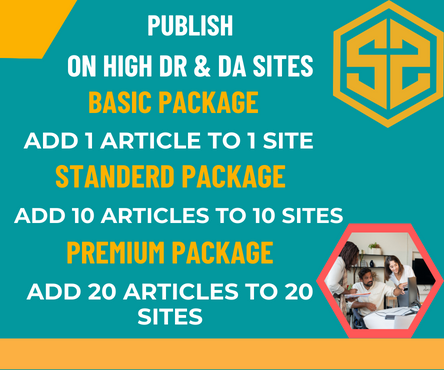In today’s interconnected world, communication knows no borders. As global citizens, we are constantly interacting with people from diverse linguistic and cultural backgrounds. However, effective communication can be hindered by language barriers, particularly when dealing with foreign documents. This is where translation comes in – a vital tool that bridges the gap between languages and facilitates understanding.
where to get foreign documents translated
Why Translate Foreign Documents?
Translation of foreign documents is crucial in various contexts, including business, law, education, and personal matters. Here are some reasons why:
- International Business and Trade: With globalization, companies are expanding their reach across borders. Translating business documents, such as contracts, marketing materials, and product labels, enables companies to communicate effectively with clients, partners, and customers worldwide.
- Legal and Official Documents: Translating legal documents, like court judgments, marriage certificates, and diplomas, is essential for individuals and organizations dealing with international law, immigration, and academic or professional certifications.
- Academic and Research Collaboration: Researchers and scholars often collaborate with international peers, and translating academic papers, research articles, and study materials facilitates the exchange of knowledge and ideas.
- Personal Matters: Individuals may need to translate personal documents, such as birth certificates, passports, and medical records, for immigration purposes, international adoptions, or medical tourism.
Challenges in Translating Foreign Documents
While translation is a powerful tool, it’s not without its challenges. Some of the common hurdles include:
- Cultural Nuances: Translating documents requires more than just converting words; it demands an understanding of cultural nuances, idioms, and context-specific expressions.
- Technical Accuracy: Translating technical documents, like patents, medical records, or engineering texts, requires specialized knowledge and terminology.
- Format and Layout: Maintaining the original format and layout of documents can be tricky, especially when dealing with languages that read right-to-left or top-to-bottom.
Best Practices for Translating Foreign Documents
To ensure accurate and effective translation of foreign documents, follow these best practices:
- Choose the Right Translator: Select a translator with expertise in the relevant field and language pair. Consider factors like cultural background, technical knowledge, and translation experience.
- Use Translation Technology: Leverage translation software, computer-assisted translation (CAT) tools, and terminology management systems to streamline the translation process and ensure consistency.
- Proofread and Edit: Carefully review and edit translations to ensure accuracy, clarity, and cultural relevance.
- Certification and Authentication: Consider obtaining certification or authentication for translated documents, especially for official or legal purposes.
Conclusion
In conclusion, translating foreign documents is a complex task that requires more than just language proficiency. By understanding the importance of translation, challenges, and best practices, individuals and organizations can unlock the secrets of foreign documents and facilitate effective communication across linguistic and cultural boundaries. Whether for business, law, education, or personal matters, translation plays a vital role in bridging the gap between languages and cultures, enabling us to connect with people worldwide.
The Future of Translation
As technology advances, the field of translation is rapidly evolving. With the rise of artificial intelligence (AI) and machine learning (ML), translation is becoming more efficient and accurate. However, human translators will continue to play a crucial role in ensuring cultural relevance, nuance, and technical accuracy.
By combining human expertise with technology, we can unlock the full potential of translation and facilitate seamless communication across languages and cultures. Whether you’re a business owner, researcher, or individual, understanding the power of translation can open doors to new opportunities, knowledge, and connections.

